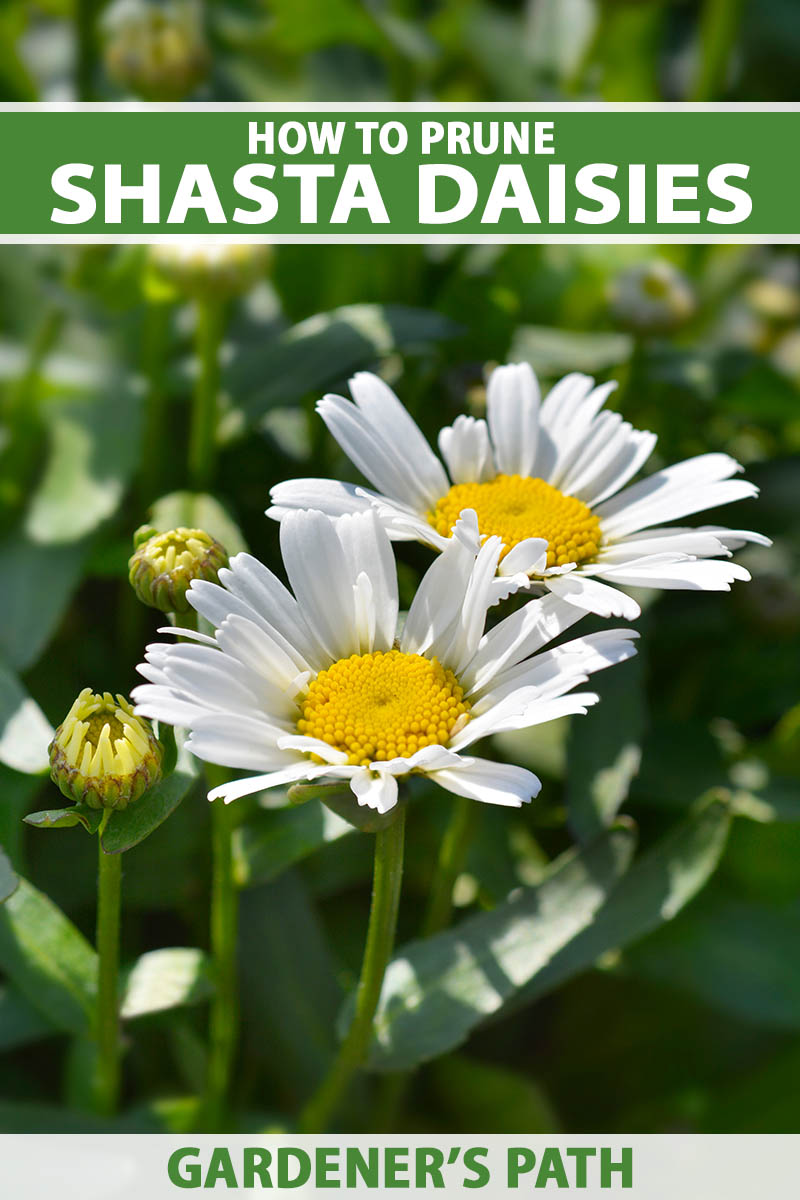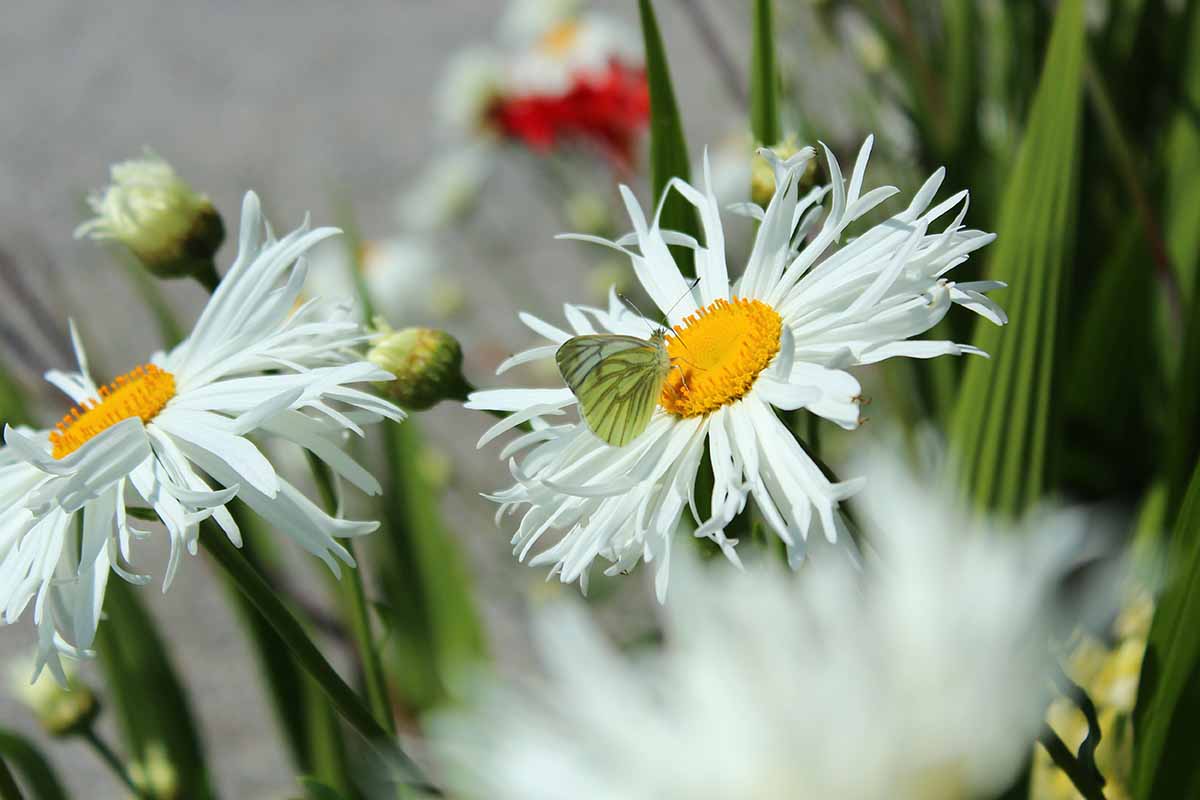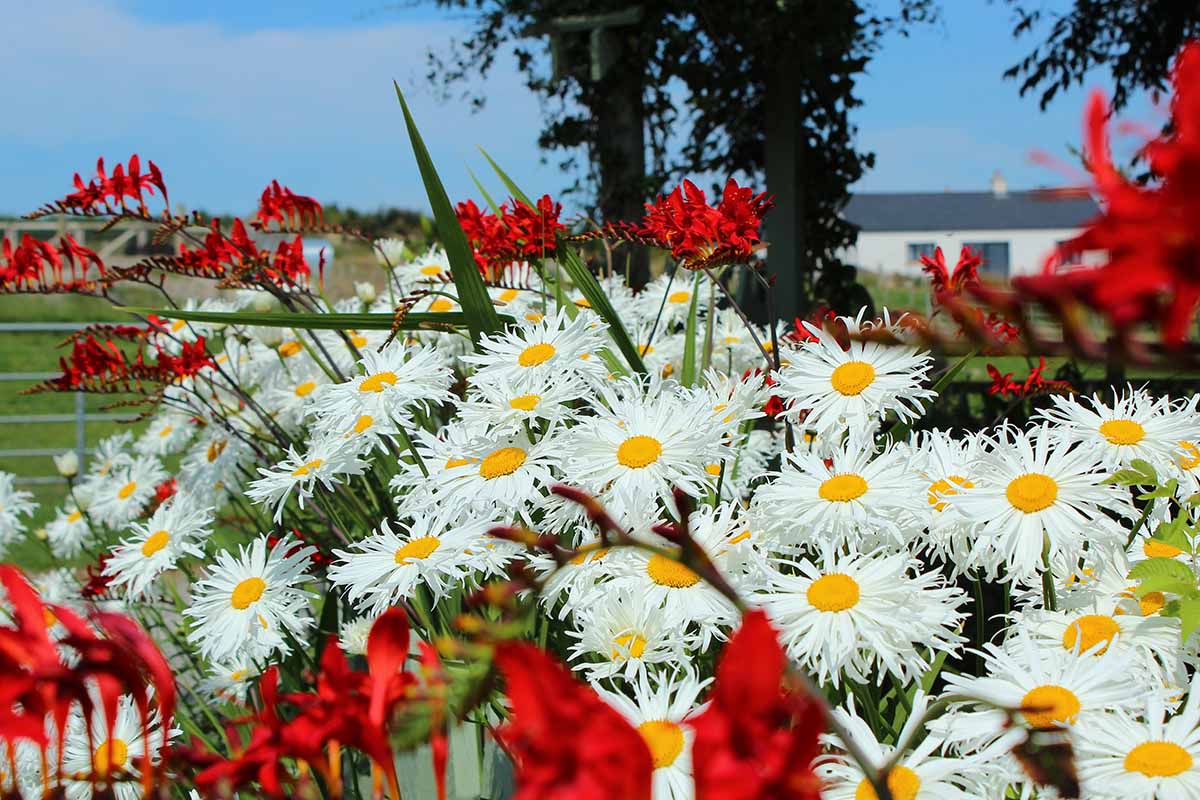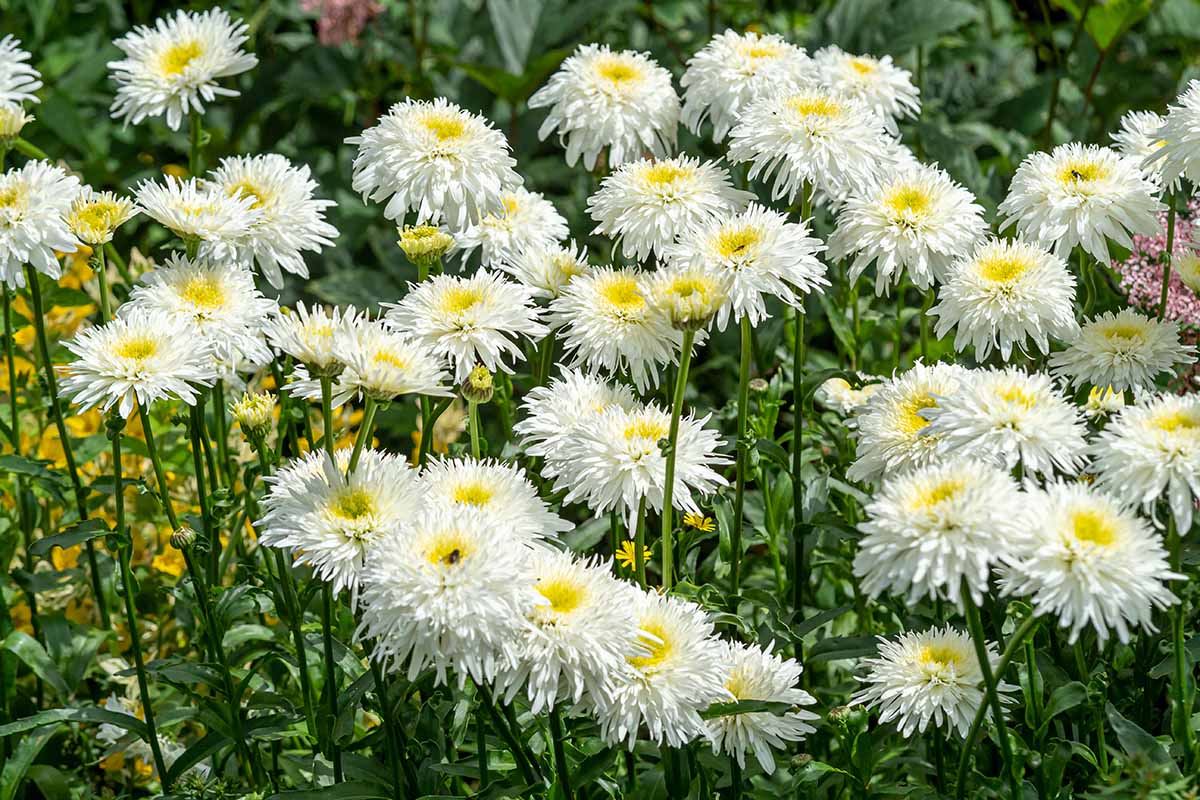So, how do you make sure those blooms last as long as they can and help your perennial produce as many as possible throughout the season? The answer is in the pruning methods that you choose. We link to vendors to help you find relevant products. If you buy from one of our links, we may earn a commission. It is important to know when and how to prune this perennial in order to get the best results. So, let’s discuss everything you need to know about pruning your Shastas. The when, the how, and the why are covered under each method described below so you can decide which option is best for you. Here’s everything we’ll cover up ahead: First things first, let’s collect everything we need to get started.
Gather Your Tools
Just like with any type of garden maintenance, having the correct tools is one of the most important parts of the task.
Pinch Out for Fuller Growth
If you’re looking to promote thicker and fuller growth, pinching out is a good place to start! Bypass secateurs are my favorite option, with two blades that cut similarly to scissors. The sharpened blade on one side crosses over a thickened metal platform, creating a clean slice in the stem. A clean cut reduces damage to the stem and lessens the risk of disease. Martha Stewart Bypass Secateurs Sometimes people recommend deadheading snips to remove spent blooms, but for Shastas in particular, I prefer to use the secateurs as the stems can be quite thick and will quickly blunt a smaller tool. Whatever pruning tools you choose, be sure to clean and sanitize them before and after use. This is best done early in the season before any thick stems have formed. When the plant reaches six inches tall, simply remove the top half-inch of each stem. This method causes the stalk to produce side shoots, creating a fuller plant with the ability to host more blooms later in the season.
Deadhead for Continuous Flowering
This method can be carried out at any time of year when the Shasta is in bloom. Removing spent blooms will extend the flowering period and prevent the plant from going to seed. This allows the plant’s energy to go towards the formation of new flowers and foliage, building a brighter display of color in the garden. These daisies like to spread, so regular deadheading will also help to prevent unwanted self-sowing. As the flowers begin to fade, use sharp, sterilized secateurs to cut the stem of each spent bloom just above the new node, where a new leaf or flower bud will form.
Try the Chelsea Chop
Don’t Forget Annual Maintenance Pruning
With the arrival of first frost, after the foliage dies back in late fall, prune your Shasta using sharp secateurs. Make your cuts two to three inches above the soil. The name of the technique comes from the annual Chelsea Flower Show hosted in England each May. The method involves reducing the plant’s growth by a third. You can use secateurs for this method, or shears may be more efficient for larger plants. Martha Stewart Hedge Shears In May, after the risk of frost has passed, reduce your Shasta by a third using a sharp, sterilized cutting tool. This method of cutting off excess foliage to reshape the plant will encourage bushier growth and a prolonged flowering season. A bonus effect of the Chelsea Chop is that it will keep your Shasta more compact, making the stems less likely to topple over in the fall, and reducing the need for staking. This will allow you to remove the dying stems and keep your garden looking tidy through the winter. Mulch can be added to protect the crowns while plants are dormant, and removed in the spring. If this particular visual aesthetic of the garden over winter is not a priority, you may choose to leave the dying stems on the plant to provide extra protection through the coldest time of year. In this case, you can cut back the dead stems to the soil surface in early spring instead, allowing space for new growth to emerge. So, whether it’s to increase the number of blooms, control growth, or simple annual maintenance to promote healthy plants, you now know exactly when and how to prune and deadhead your Shastas to gain the results you desire. Do you have a favorite pruning tip to share? Let us know in the comments below! And for more info on growing daisies in your own garden you can learn more in the following guides:
How To Grow and Care for Shasta DaisiesWhy Shasta Daisies May Fail to Bloom (And What to Do About It)How to Plant and Grow Montauk DaisiesHow to Grow and Care for English Daisies






